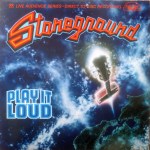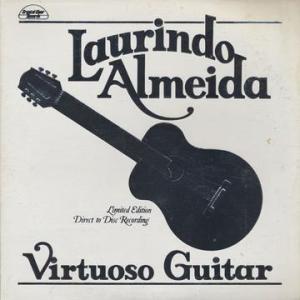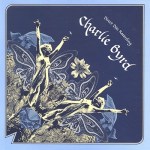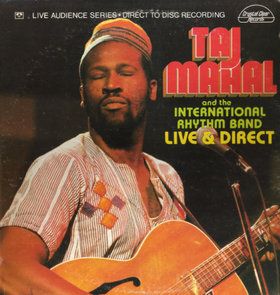 Hot Stamper Pressings of Direct-to-Disc Recordings Available Now
Hot Stamper Pressings of Direct-to-Disc Recordings Available Now
Reviews and Commentaries for Direct to Disc Recordings
Sonic Grade: F
An awful Direct to Disc recording. This is the kind of crap we audiophiles used to put up with back in the ’70s before we had much of a clue. Clearly, a record like this belongs on our very long list — 279 as of 2023 and getting longer all the time — of Bad Audiophile Records.
The Big Picture from a Lifelong Audiophile
You may have seen this text in another listing, but it bears repeating.
There is nothing new under the sun, and that is especially true when it comes to bad sounding audiophile records. The world is full of them.
There has been one big change from the days when I self-identified as a freshly-minted audiophile in the ’70s.
Yes, the records being marketed to audiophiles these days may have second- and third-rate sound, but at least now they have good music. That’s progress, right?
You might be asking: What Kind of Audio Fool Was I? to buy a dumbass record like this.
It’s a fair question. Yes, I admit I was foolish enough to buy records such as this one and expect it to have good music, or at least good sound. Of course it had neither. Practically none of these kinds of records ever did. Sheffield and a few others made some good ones, but most Direct to Disc recordings were crap.
As clueless as I was, even back in the day I could tell that I had just thrown my money away on this lipsticked-pig in a poke.
But I was an audiophile, and like a certain Mr. Mulder, I wanted to believe. These special super-hi-fidelity records were being made for me, for special people like me, because I had expensive equipment and regular records are never going to be good enough to play on my special equipment, right?
To say I was wrong to think about audio that way is obviously an understatement. Over the course of the last forty years, I (and to be fair, my friends and my staff) have been wrong about a lots of things in the worlds of records and audio.
You can read more about many of the things we got wrong under the heading: Live and Learn.
Mistaken Audiophile Thinking? We’ve done our share and then some.
We firmly believe that there is a great deal of Audio Progress still available to us all, but in order to realize that progress, we must empirically approach the problems encountered in reproducing music in the home, thinking about them critically, not as True Believers, but as skeptics who pursue evidence and let it guide their actions.
It is axiomatic with us that the more skeptical you become, the more successful you will be in pursuing this devilishly difficult hobby of ours.
 More Direct-to-Disc Recordings
More Direct-to-Disc Recordings





